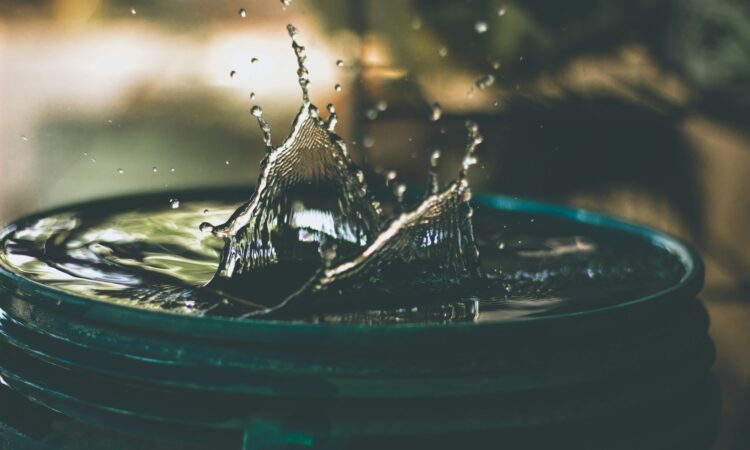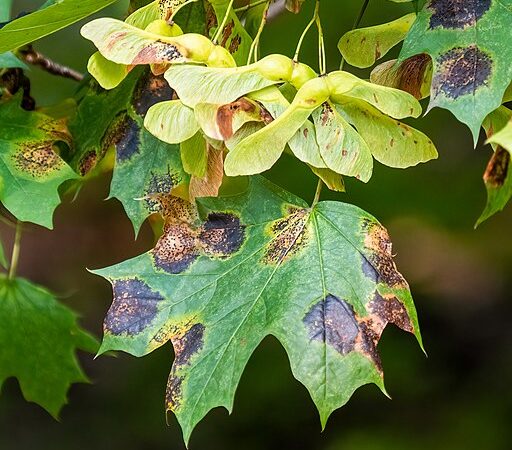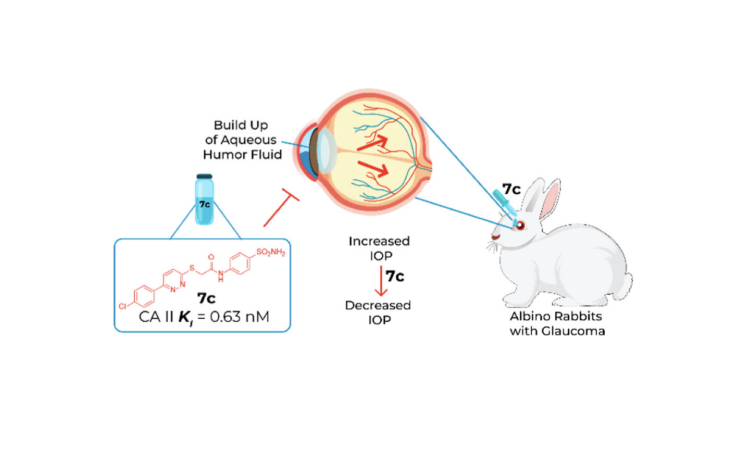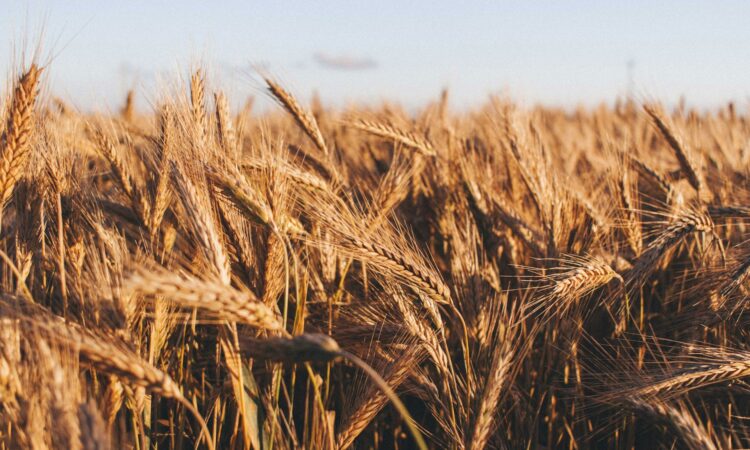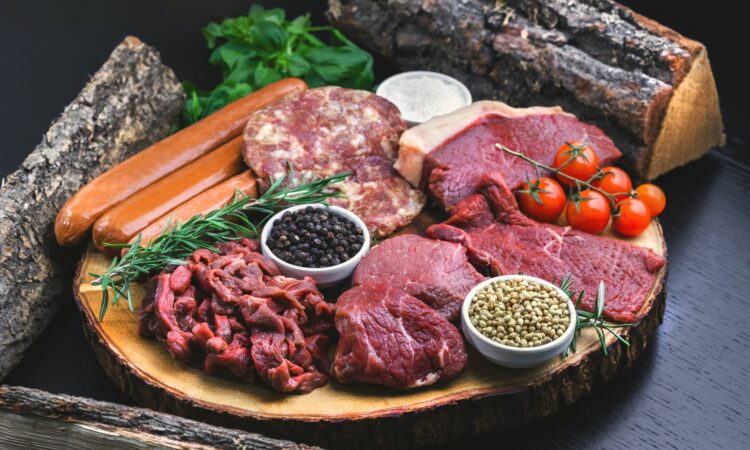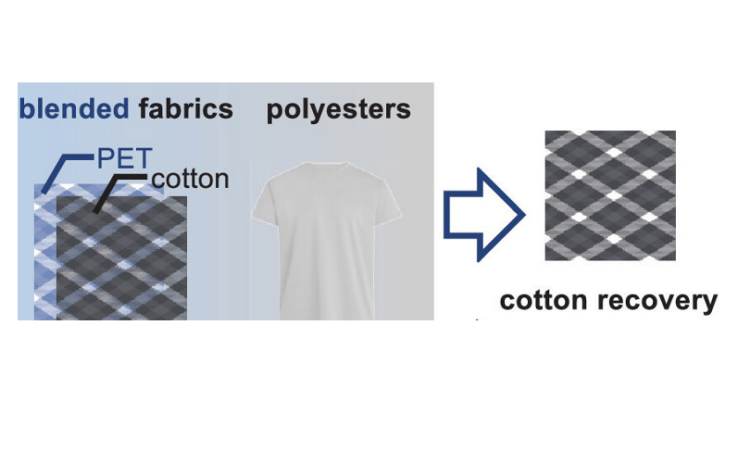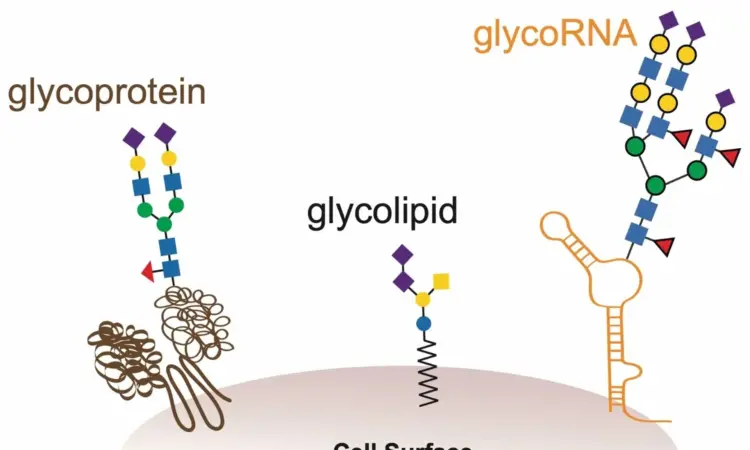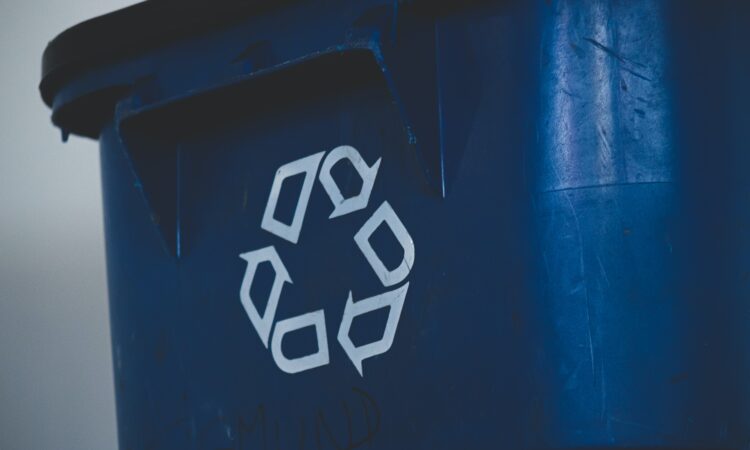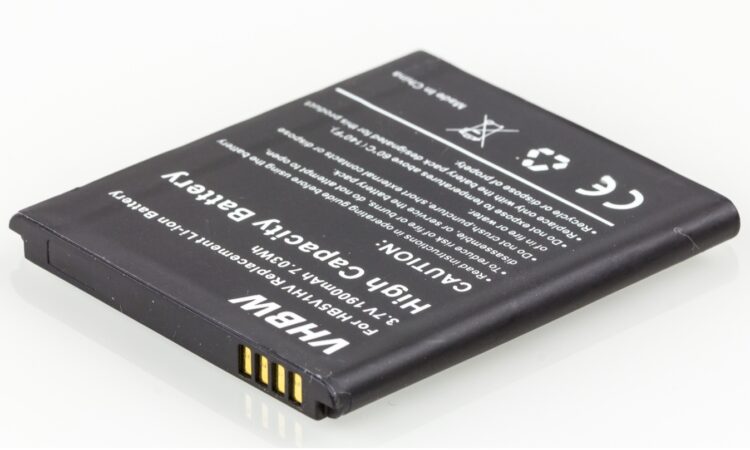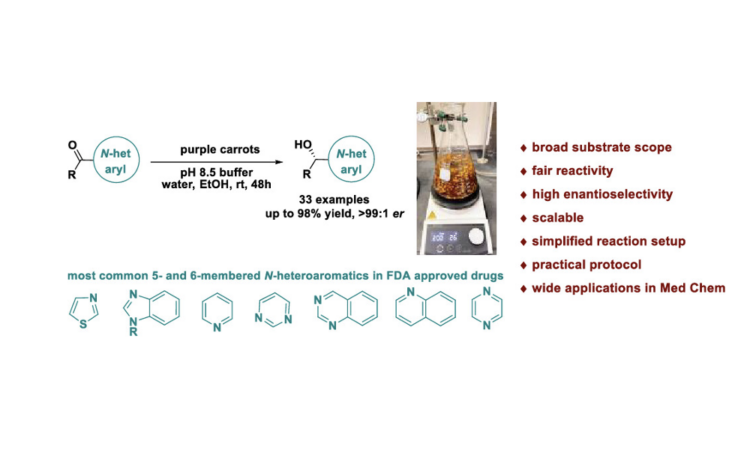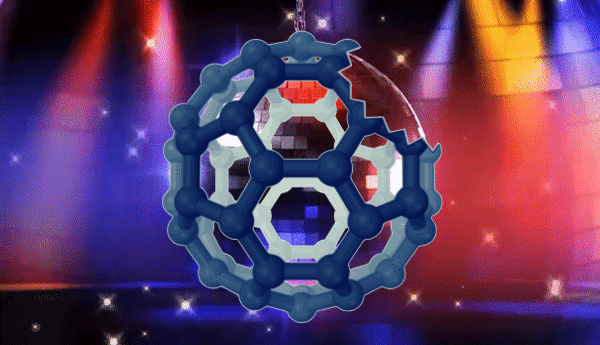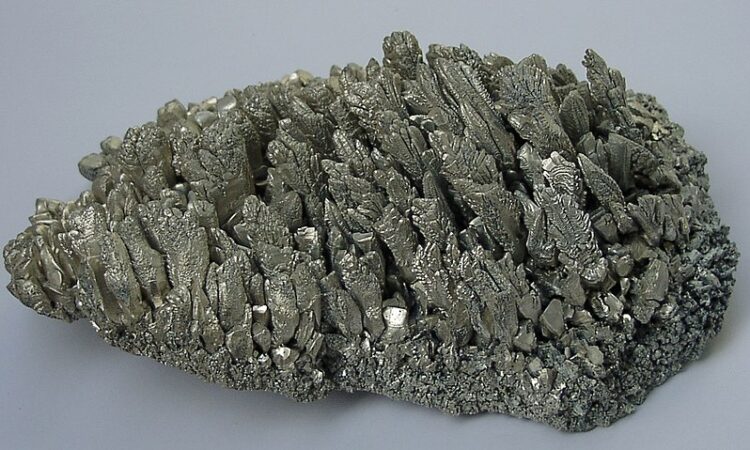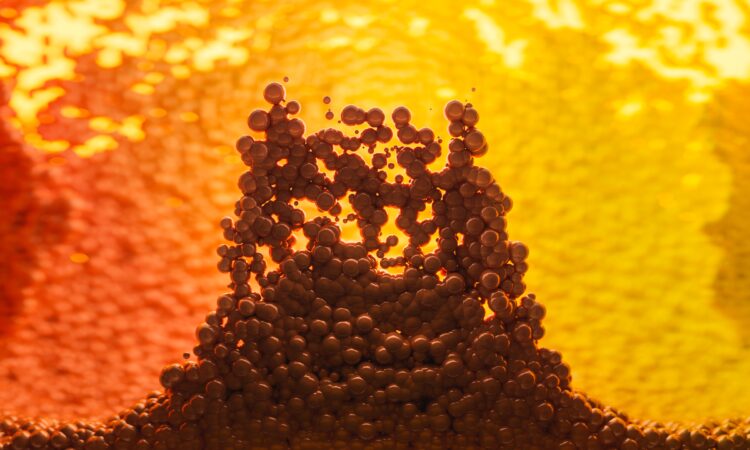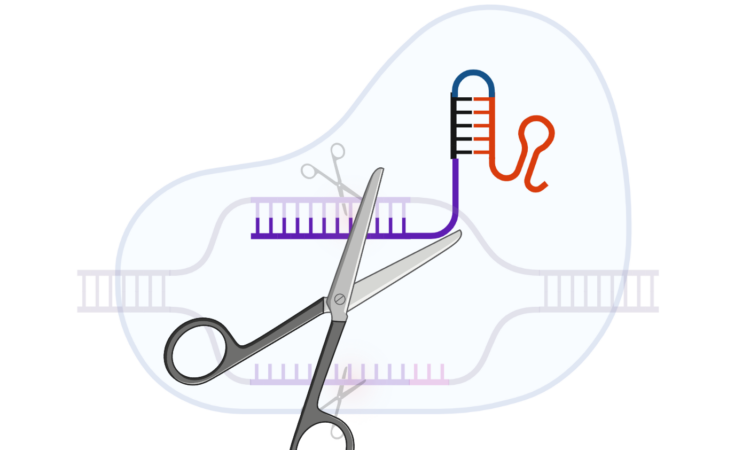Repurposing the Inverse Electron Demand Diels Alder chemistry to create robust DNA-based devices that operate effectively within living cells.
Zinc Oxide Nanoparticles To Combat Biofouling In Ultrafiltration Technologies
Zinc oxide nanoparticles offer a potential solution to mitigate biofouling in ultrafiltration membrane systems.
Fungi use a specific chemical group to hijack the immune system of their plant prey
Scientists create a variety of chemical compounds and a new leaf test to investigate how the A. alternata fungi infects only the Asian pear.
Drug chaperones stop proteins before they aggregate
Scientists design new molecular chaperones that can capture aggregating proteins before they cause neurodegenerative damage.
Discovery of Novel Compounds for the Treatment of Glaucoma: The Silent Thief of Sight
Researchers have discovered a new series of potent compounds for the treatment of glaucoma.
Lignin-derived Materials Improve Plant Nutrient Bioavailability, Growth and Development
Synthesis of lignin-derived materials provides an environmentally friendly alternative to common pesticide additives for plant development.
Dissolved Organic Compounds Under a Changing Climate
Efforts to understand the complex mixture of organic compounds in water from around the globe.
Using Geometry to Inhibit Signaling in Cancer Cells
Using DNA molecules to build cool structures for novel drugs.
Understanding how diverse bile acids are recognized
Characterizing gut microbial enzymes
Pass the Hartshorn Salt: A Secret Household Ingredient May Hold the Key to Textile Recycling
Researchers have developed a new way to recycle blended fabrics.
BACTERIA COULD BE OUR NEXT SOURCE OF SUNSCREEN MOLECULES!
Title: A Plastic Biosynthetic Pathway for the Production of Structurally Distinct Microbial Sunscreens Authors: Sıla Arsın, Endrews Delbaje, Jouni Jokela, Matti Wahlsten, Zoë M. Farrar, Perttu Permi, and David Fewer Publication: Chemical Biology Year: 2023 Sunscreen protects your skin from harmful ultraviolet (UV) rays through two…
GlycoRNAs Illuminated: Sugar-Coating the Story of Cancer Progression
Designing an Imaging Technique to Visualize Glycosylated RNAs in Cells.
Repurposing enzymes to add deuterium atoms
Changing deuterium (D) atoms for hydrogen (H) atoms
The role of tea waste and biochar as effective bulking agents to convert household waste into environmentally viable compost.
Common household items such as tea waste show strong potential for converting kitchen waste into effective mature composts.
Counterfeit Lithium Ion Batteries Often Underperform or Are Unsafe.
Title: Safety and Quality Issues of Counterfeit Lithium-Ion CellsAuthors: Tapesh Joshi, Saad Azam, Daniel Juarez-Robles, and Judith A. Jeevarajan*First author’s institution: UL Research InstitutesCover image source: Raimond Spekking From consumer electronics, to cars, to storing renewable energy for the grid, lithium-ion batteries have enjoyed immense popularity…
How Analytical Chemistry Helped to Reveal Our Coal Burning Past
The relationship between humans and this strange sediment may go back further than you think…
Got Carrots?… Harnessing Nature’s Enzymes to Reduce Ketones to Chiral Alcohols
Got carrots? Researchers have developed a new way to enantioselectively reduce ketones to alcohols.
Discovery of a promiscuous halogenase
Discovery of new halogenases from marine bacteria
Apply to join our writing team 2024!
Apply to join our writing team (rolling basis)!
Your next plastic bottle could be made from sawdust
Researchers have found a way to make methoxyterephthalic acid, a precursor to commonly used plastics, from sawdust.
Polymers Allow Magnesium Batteries to Store More Energy
Article Title: Poly(2,6-anthraquinonyl disulfide) as a high capacity and high-power cathode for rechargeablemagnesium batteries: extra capacity provided bythe disulfide group Authors: Xin Ren, Donggang Tao, Yudi Tang, Yuliang Cao and Fei Xu Journal: Journal of Materials Chemistry A Year: 2023 Image credit: Warut Roonguthai As the…
Microscopic nanowires of useful materials that grow themselves
Nanowires of exciting materials can be made via ‘electroless deposition’ – a technique that requires no complex templates or external energy input.
SHORT GUIDES FOR CRISPRi TO THE RESCUE!
The evolution of tools to gain insights into the genome didn’t quite reach its peak with only the development of CRISPR-Cas9! The tools currently have some drawbacks including limited resources to do more high-throughput studies. Read on to know the newer developments in this field!
Pulling water out of thin air
Researchers have developed a new metal-organic framework that can harvest clean water directly from the air, even in arid climates.
Just Breathe: Detecting Diseases with Exhaled Breath
Researchers utilize a mass spectrometry method to detected biomarkers relevant for identifying respiratory diseases in exhaled breath.


